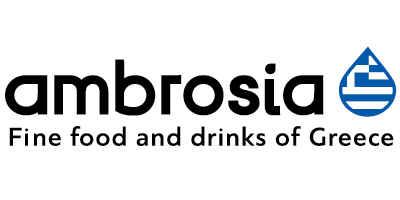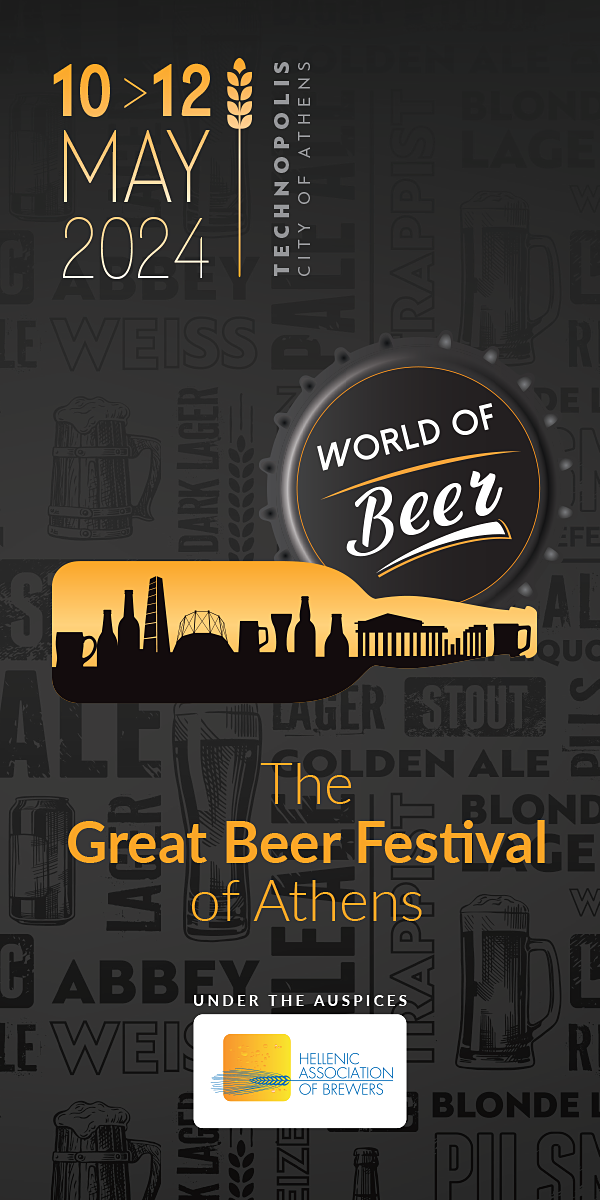Following the previously presented global research that demonstrated the changes in the post-Covid function of the alcohol market, let’s take a look at the important trends highlighted by the same research, which, as expected, have been formed, respectively, based on the strong influence of the conditions shaped by the pandemic.
The 5 trends shaping the area of alcoholic beverages
Entertainment venues: Light at the end of the tunnel
The hospitality industry, and therefore, alcohol sales in entertainment venues, has undoubtedly been one of the biggest victims of successive lockdowns and draconian social distancing measures. However, the change in climate and the shift towards profitability is inevitable as there is a significant need for fun and socializing after nearly 3 years of social distancing. Offers with higher profit margins, avoidance of time-consuming recipes/menus and strange ingredients, downsizing, as well as a nostalgic return to classic, “clean” drinks are largely inevitable strategic decisions for industry professionals to restore balances, at least in the short term.
Sum it up: After a brutal 24% decline in 2020, the channel is already making a rapid recovery with total volume growth for 2021 approaching double digits (Reporter’s note: the survey is on 2021, however the rise was similar for 2022).
No/lo-alc (no/low alcohol) democratisation and the limitations of abstinence
The Lo & No Beverage trend, i.e. drinks with low or zero alcohol content, has gradually and regardless of the pandemic been building its momentum in recent years, mainly in large Western European markets. Related products (0% beers and drinks, alcohol-free festivals, alcohol-free entertainment venues) followed the ever-increasing interest in health and wellness, creating a movement linked to the concept of responsible drinking – less of a dogmatic approach and more of a choice linked to lifestyle and personal branding in the age of social media. This category has growth prospects, ensuring stable profit margins through launches, promotional support and ultimately consumer interest. However, it still is a category with a fairly premium positioning, which by definition affects its penetration rates.
Sum it up: The lo/no trend is just starting to hit the mainstream, however, with the post-covid mood of recovery and a return to a more hedonistic way of entertainment, it is very likely that the trend will be limited, and its expansion across all social classes will be intercepted, even temporarily.
A tale of two industries: Facing the same storm but not all in the same boat
The depth, intensity, and impact of the pandemic was not uniform, and recovery will be equally uneven and dependent on vaccination roll-outs, efficacy and uptakes as much as on the robustness and sustainability of government support schemes.
It is clear by now that strategic decision making will need to become more nuanced and imaginative to face different challenges in different markets at different points in the timeline of their respective recoveries, since the way the industry reacted at first (from panicked feature articles lamenting perceived or anecdotal spikes in drinking which never really materialized, to myopic analysis assuming linear performance patterns) has already been proven inaccurate.
Sum it up: The levels of uptake and efficacy of vaccinations, the downside risk of new mutations and, last but definitely not least, the value and sustainability of government support schemes that can soften the impact of the inevitable macroeconomic ripple effects to follow – will all play a key role in shaping recoveries.
After the pandemic: the dawn of a polarized world
The lack of alternatives to spend money, the relative affordability of key brands sold at retail versus their counterparts in bars, restaurants and entertainment venues, and stimulus measures that supported the vast majority of key markets fueled the narrative of premiumization during 2021.
The drive for increased consumption and the move towards increasingly sophisticated (and higher quality) products and categories has been a key demand of this market for a decade, so the resilience of the narrative is not surprising and is expected to continue, at least in the immediate future. However, as options re-emerge and expand with the opening of societies, markets, entertainment and travel, premium spirits are expected to fall from the place they had during lockdowns as one of the few luxury lifestyle options available (even at home).
Sum it up: This particular “cocktail” of decisions and solutions is far from macro-economic, cannot support the industry’s almost monolithic focus on premiumization, and more flexible and diversified strategies will need to be adopted.
E-commerce is coming of age
Tortuous regulatory hurdles, concerns about age verification, and ultimately the inherent conservatism and complacency of the spirits industry had led to e-commerce penetration rates historically far lower than other key industries in the F&B category.
But from the launch of digitally built brands to the boom in sales of established retailers revamping their online offerings, and from small producers changing their business models overnight to Uber acquiring leading US alcohol delivery platform Drizly after an amazing year with three-digit growth for the last, e-commerce in the alcohol industry is finally coming of age. This, of course, could not be achieved without changes in legislation that should occur parallelly, in order to facilitate innovation, trade and investment.
Sum it up: Albeit characteristically belated, and after years of deliberation, the alcohol industry appears to be embracing e-commerce. Direct online sales, delivery apps and the momentum behind digital offerings are now here, and this major change is expected to remain stable in both medium and long term, even as societies, retail in its physical form and hosting are eventually returning to zero restrictions internationally.
Source: Passport, Alcoholic Drinks Global Industry Overview, June 2021 (Euromonitor International)



















